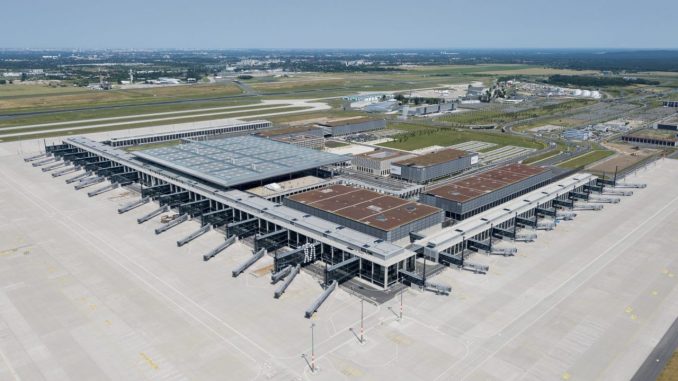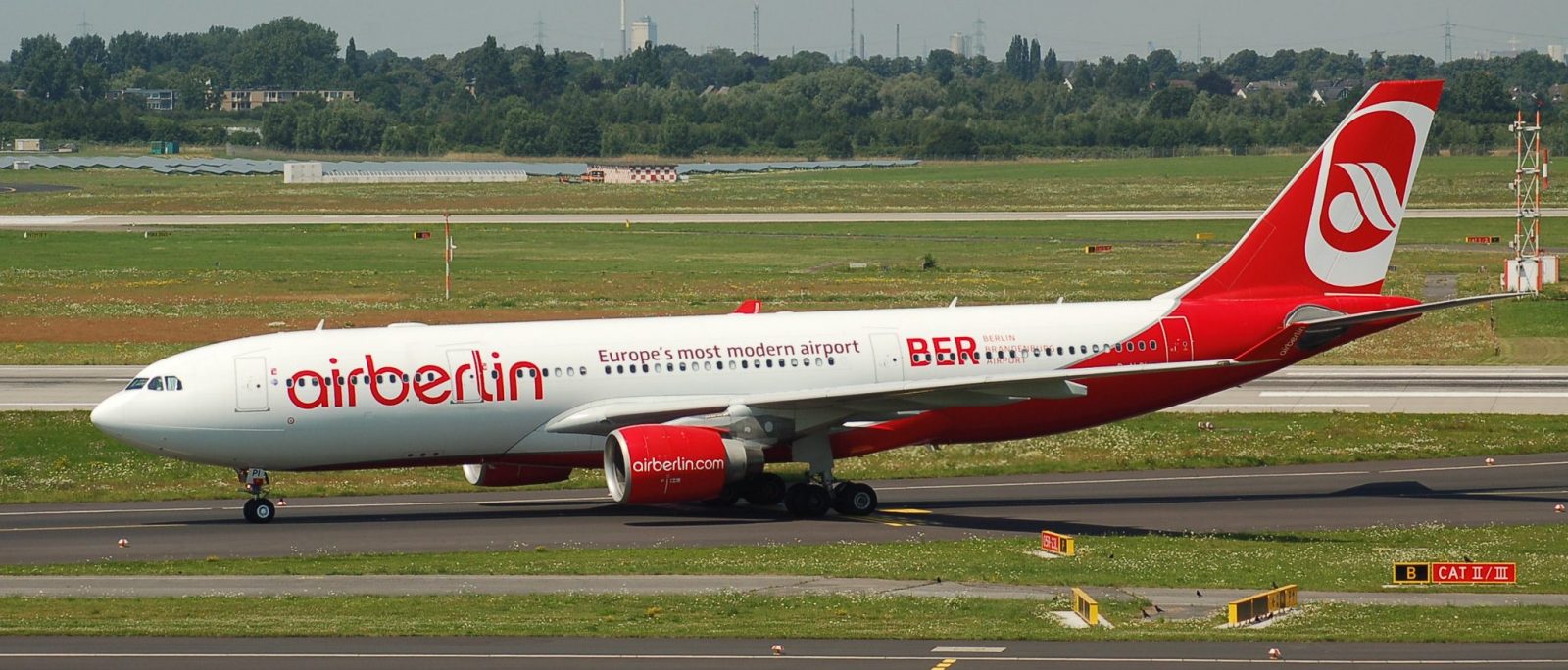
Berlin Brandenburg Airport’s passenger terminal has finally been approved for use by the local construction supervision authority.
The new airport was originally intended to open in 2011. Its operator now anticipates an opening on October 31st, 2020.
On Tuesday afternoon, local media first reported that Berlin Brandenburg Airport (IATA: BER) has received approval from the responsible authority of Dahme-Spreewald district, Brandenburg.
One week ago, German technical inspection company TÜV had given green light for the airport’s opening in October.
This ‘early’ approval comes as a surprise amid the ongoing Coronavirus crisis. Just last month, work at the construction site had to be temporarily suspended, after a worker had tested positive for Covid-19. As a result, many had predicted a further delay to the airport’s opening.
Berlin Brandenburg, often referred to as its IATA code ‘BER’, is located just south of the German capital Berlin, and is set to replace the city’s two existing airports Tegel (IATA: TXL) and Schönefeld (IATA: SXF) once it finally opens its doors to commercial flights.
It has been under construction for 14 years, making it one of the most famous examples for a long-delayed major construction project. The seemingly endless delay was the result of poor planning, management, and a lot of other things that can possibly go wrong with such a project, a story that even includes corruption and a poisoned whistleblower.

One of the very few uses of BER in recent years has been the biannual ILA Berlin Air Show, taking place at a purpose-built Expo center next to the airport since 2012. This year’s edition, originally scheduled to take place in May, is cancelled due to the ongoing pandemic.
The airport had also received some unanticipated aircraft ‘traffic’ when it was used as an aircraft parking space after Germany’s second largest airline, Air Berlin, shut down in October 2017. Or during the current crisis, in which it carries out the task of giving EasyJet’s and Lufthansa’s suddenly redundant short-haul fleets a place to stand around.

Jakob Wert is an aviation journalist from Germany. He built up the website IFN.news and is the Editor-In-Chief of International Flight Network.



